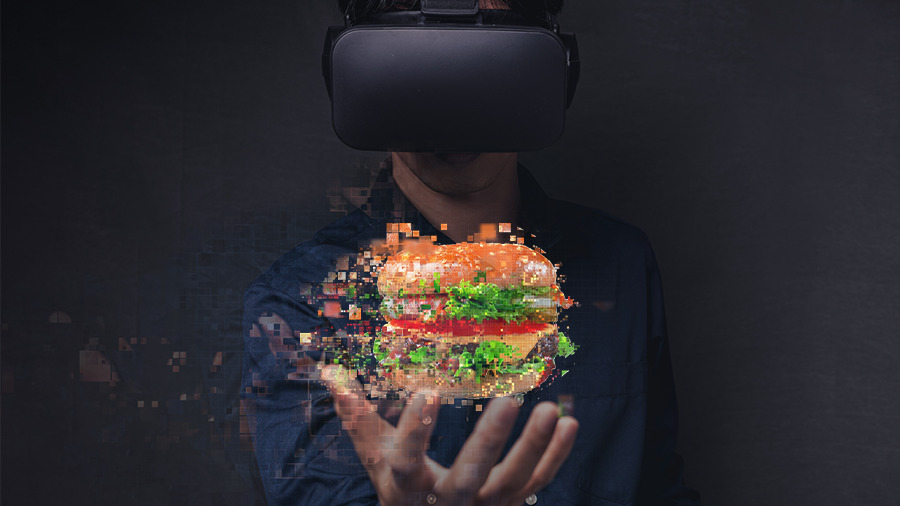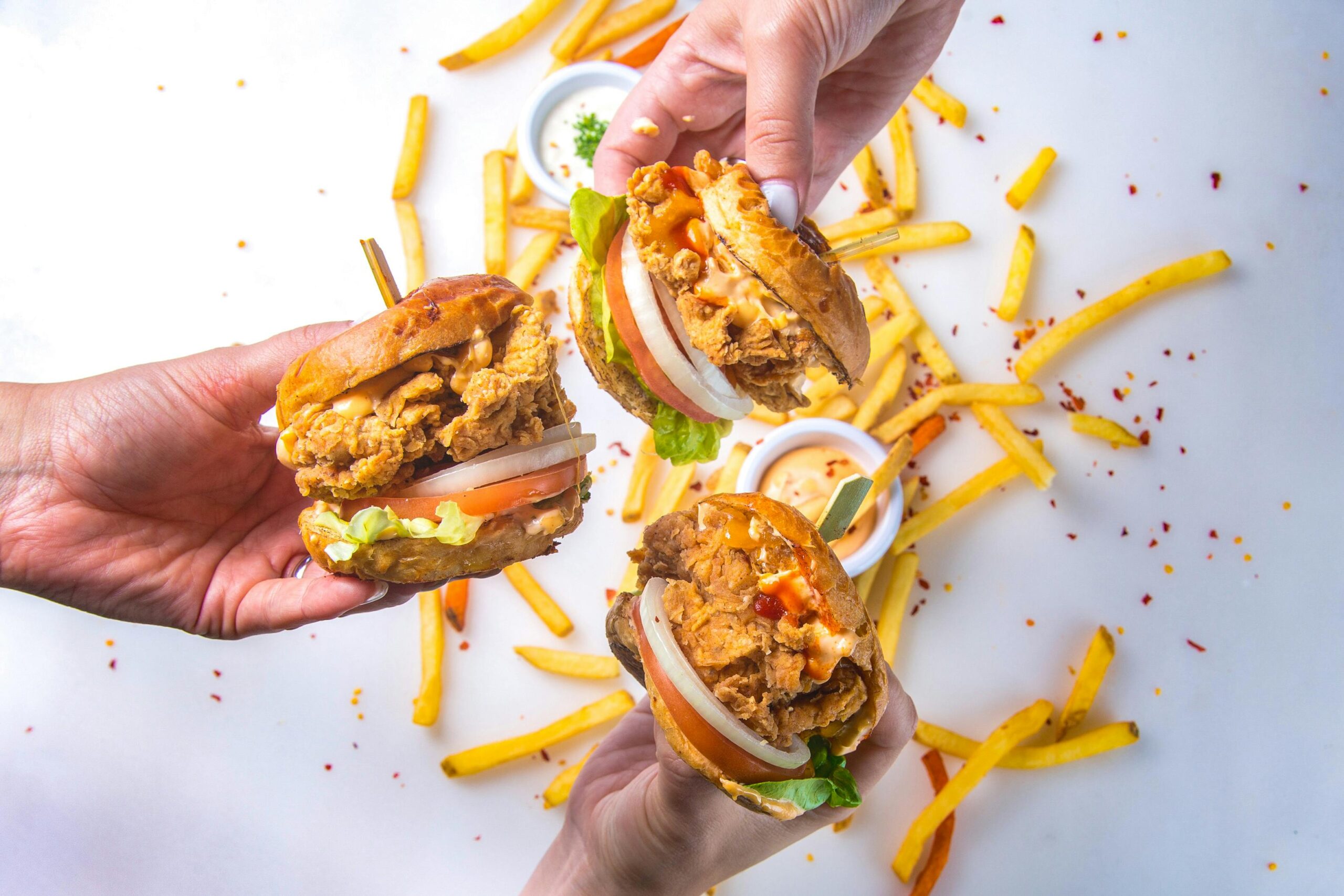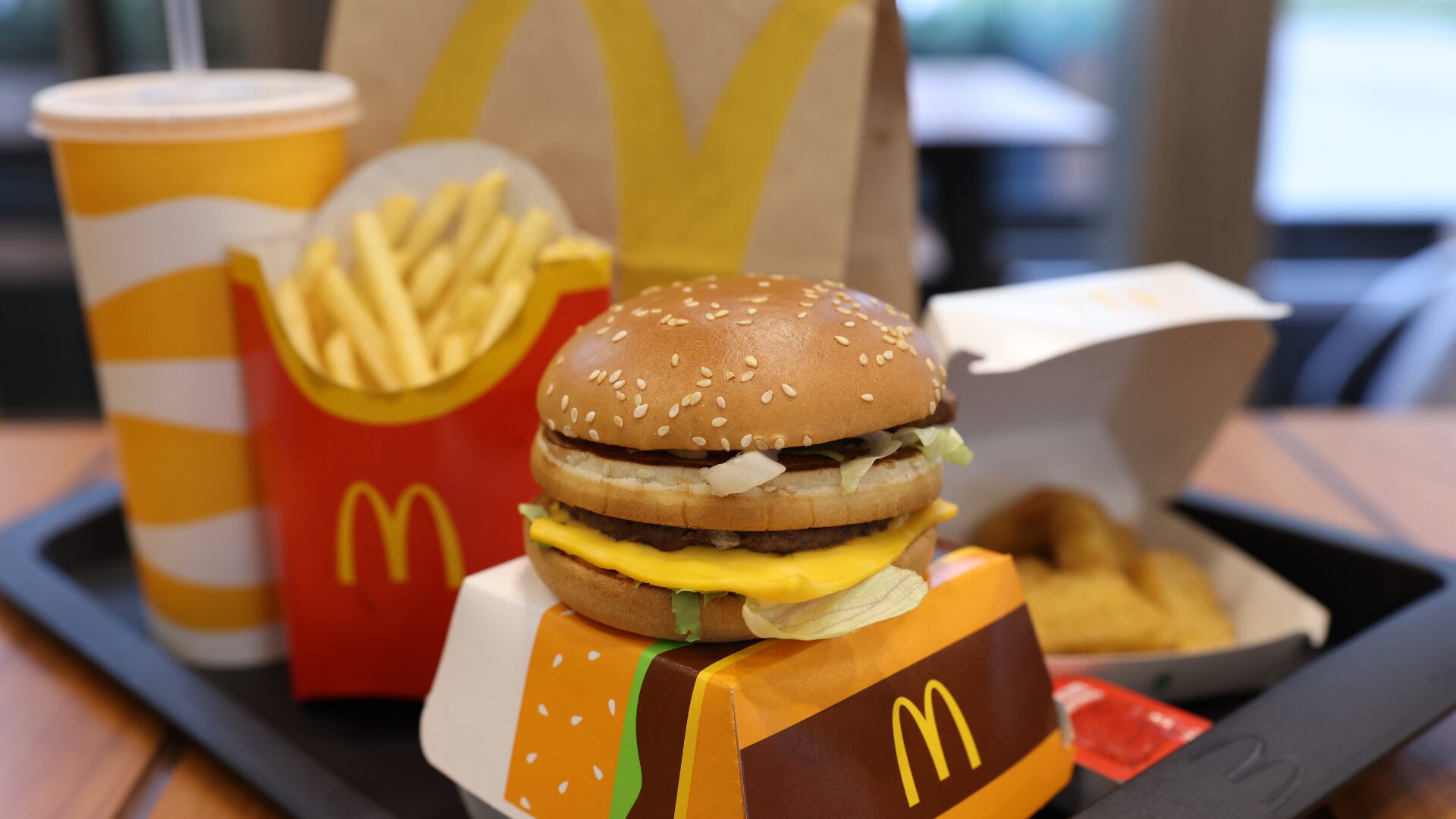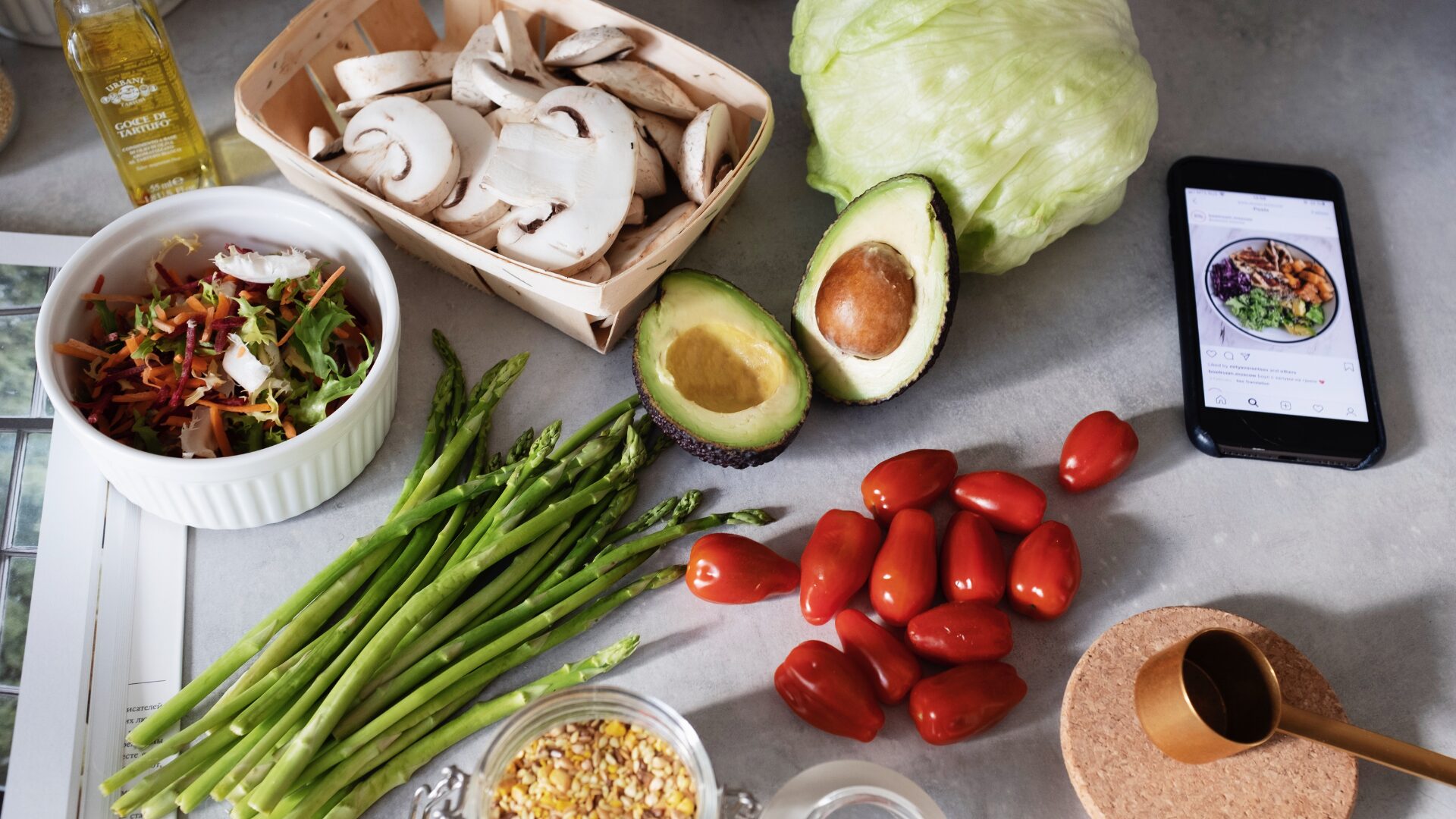The Metaverse, in many ways, is rather stupid. Its characters are blocky, Cocomelon fever dreams and its stock is crashing – in late October, shares dropped 24% to their lowest point since 2016 after parent company Facebook reported its second straight quarterly decline. Its Reality Labs division – which sells Metaverse headsets to access said Metaverse – lost $9 billion in the first three quarters. And as of this writing – November 9 – Meta has laid off 11,000 employees after losing $700 billion in market value in what Wall Street called an unmitigated “train wreck”, as reported by CBS News.
Jim Cramer was wrong, and the hubris, he noted, “extraordinary.”
Nonetheless, Meta founder and CEO Mark Zuckerberg is not going gently into the good digital night, reiterating his ten-figure commitment to the nascent platform. What that platform actually constitutes remains to be seen (Wired had an excellent summary) – like the internet upon which it is built, it will likely be endless and indefinable, though – as apparent in this NBC video – easily accessible via desktop, mobile, or virtual reality.
What many agree on, though, is that eventually a more accessible Metaverse or something like it will exist, and goods and services, NFTs (non-fungible tokens), and more unimagined digital knickknackery will be created, bought, and sold on it. It will be a virtual community that is often described not unlike how Silicon Valley and William Gibson – the author who coined cyberspace – first depicted the internet at the turn of the ‘90s: monumental, groundbreaking, world-changing stuff, a seminal shift on consumer culture, content, and consumption.
And when the gears of industry grind, those with their cogs in place can prosper. As reported by The Food Institute, the video recipe is prospering on the planet’s hottest social network – TikTok – and content creators will be able to harness that sort of influence on the Metaverse. And that means advertising and sales dollars for associated brands, products, and people.
“Even legacy restaurant brands have an opportunity to create unique and compelling digital experiences in the metaverse,” says Scott Absher, CEO of ShiftPixy, an app-based company for shift workers. “Restaurant brands and their employees can adopt a native delivery strategy by converting their kitchens into distribution centers for online orders. When they combine these new capabilities with robust digital ordering, engagement, and loyalty systems, they create a new digital business atop their traditional operations – a digital second floor.”
In a statement to The Food Institute, ShiftPixy says it is already building its own brands to engage Web3 consumers and to demonstrate how traditional QSR and other restaurant brands can transform experiences for their customers beyond online ordering and fulfillment alone. For example, ShiftPixy allows customers to create unique NFT avatars that can be augmented with food purchases at its digital properties for real-world savings and rewards. They can also play mini games against other local real-world consumers or go all digital worldwide, building brand loyalty and being rewarded for spending money and interacting with other consumers.

One way metaverse users can interact with their favored brands is via mobile apps. ShiftPixy owns more than half a dozen restaurant brands in the metaverse, and users can create and augment their avatars and earn brand rewards and discounts by interacting with others in digital mini games while waiting for their real-world food to arrive. Photos courtesy ShiftPixy
“Restaurants need a unique environment to deliver on consumers’ emerging desires with the Metaverse,” Absher says. “Brands should connect their dining experiences with the digital world to first elevate traditional dining, and second, bridge physical distances between customers in real-time. The end goal is to create a universe where brands can introduce an open-source platform to customers, invite them to create user-generated content, reward them for their involvement, and provide them with a more robust digital experience versus existing online ordering options alone.”
It’s not as complicated as it sounds – brands like ShiftPixy are simply gamifying what McDonald’s first accomplished with its Monopoly promotion in the late ‘80s and modernizing it for today’s world.
Digging deeper, “The food service industry has rapidly adopted metaverse solutions at an unprecedented rate,” says Kristin Glushon, VP of marketing at Trigger XR, “such as brands like Chipotle, which launched a virtual store on Roblox, and Panera Bread, which filed a trademark application for ‘Paneraverse.’ Other examples include virtual restaurants and NFTs used as currency to purchase virtual food and drinks.”
Glushon also says that emerging technology like augmented reality (AR) and virtual reality (VR), as reported by The Food Institute, are critical to foodservice, engaging with their consumers in the metaverse. Beyond marketing opportunities in AR, VR will be used for training and more utility-driven initiatives, such as cooking classes and social interaction.
According to a recent survey from Accenture of more than 11,000 consumers in 16 countries, almost two-thirds had already purchased a virtual good or taken part in a virtual experience or service in the past year – a figure that’s only expected to rise, as 83% show interest in making purchases via the metaverse.
Among other eye-opening findings from the Accenture survey:
- 42% of survey respondents said they had visited a retailer in the virtual world to get advice, make a payment, or browse a product range when shopping for a physical item
- 56% of respondents plan to do similarly in the next year; among millennials, these figures increase to 51% and 61%, respectively
- 72% of global executives state that the metaverse will have a positive impact on their organizations
- 45% of executives believe the metaverse will be a breakthrough or transformational for their brands
In other words, the virtual tidal wave is real and approaching on a hi-res horizon near you. It remains to be seen what brands, consumers, and stakeholders will make of it (and make in it) when the pixelated tide hits the real-world shore, but one thing is certain – there are followers to be had, games to play, and money to be made.












